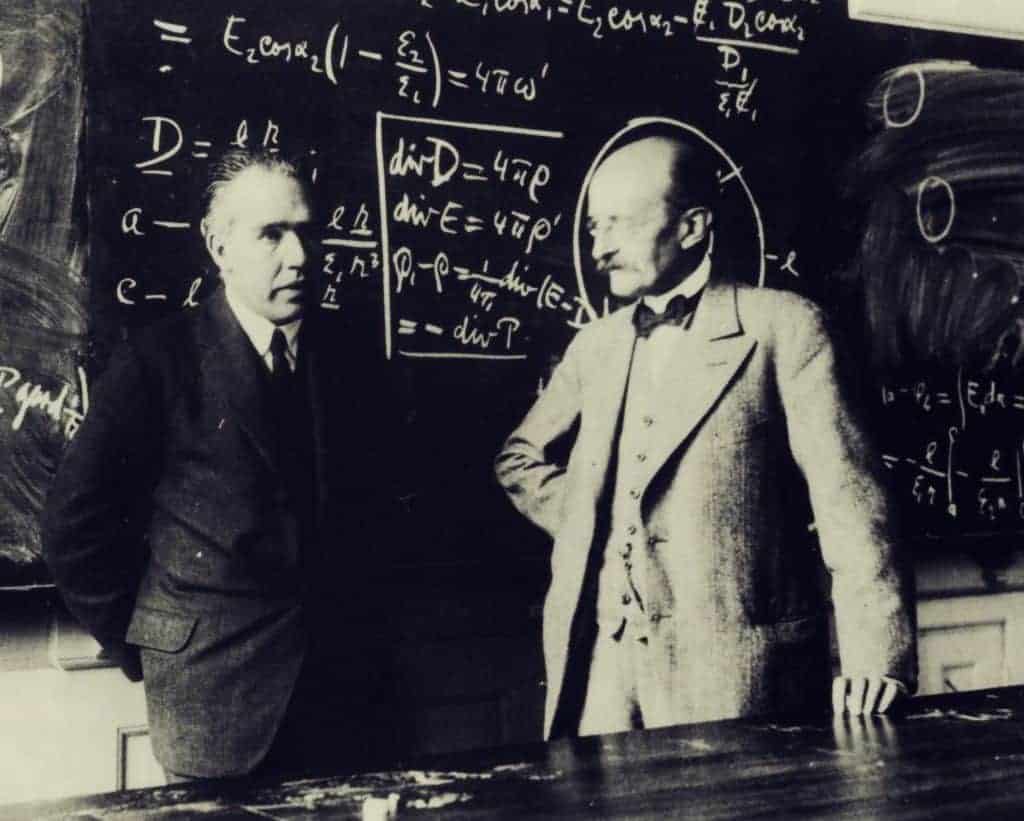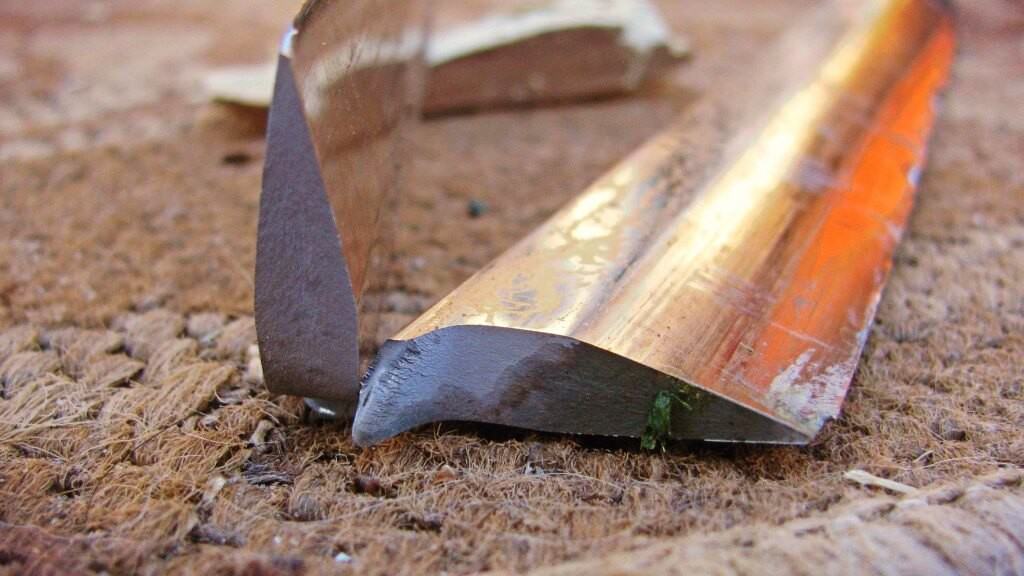Step into the world of Niels Bohr, where creativity meets scientific rigor. Learn how this Nobel laureate tackled problems with unconventional solutions, revealing the true essence of critical thinking. Through intriguing anecdotes, find out how Bohr’s approach to physics can transform your perspective on solving challenges.
What Niels Bohr’s Anecdotes Teach Us About Scientific Problem Solving
Niels Bohr, the renowned Danish physicist and Nobel Prize winner in Physics in 1922, is best known for his pioneering model of the atom, featuring protons, neutrons and orbiting electrons. However, there is a lesser-known but equally revealing anecdote that offers insight into how Bohr approached scientific problems and his perception of the true meaning of learning.
It all began with a physics exam and a seemingly simple question:
“Demonstrate how it is possible to determine the height of a building with the help of a barometer.”
Bohr’s answer, which involved using a rope to measure the height of the building, was creative but unorthodox. This unusual solution sparked a debate among the professors about whether his answer, although correct, truly demonstrated a deep understanding of physics.
The arbitration was requested and the task fell to Ernest Rutherford, president of the British Royal Society and Nobel Prize winner in Chemistry in 1908. Recognizing the cleverness of Bohr’s solution, Rutherford decided to give him another chance to demonstrate his knowledge.
The Mind Behind the Answers
With the clock ticking, Bohr contemplated the question, pondering the multiple possible solutions. His final answer, involving the free fall of the barometer from the rooftop and timing it with a stopwatch, was ingenious and showed his ability to think outside the box.
But what was the true essence behind his answers?
After the exam, Bohr revealed to Rutherford other methods he had considered, from measuring shadows on a sunny day to using the barometer as a pendulum. Each answer revealed not only his deep understanding of physics but also his ability to approach problems from multiple perspectives.
A Humorous Touch in Science
One of the most surprising and humorous methods proposed by Bohr was to knock on the doorman’s door with the barometer, offering it in exchange for information about the height of the building.
This response, though comical, underscores a fundamental truth: often, the simplest solution can be the most effective.
The True Learning
Beyond the clever answers and creative solutions, the heart of this story lies in how Bohr understood learning.
When asked about the conventional answer to the problem, using the barometer’s pressure difference, he admitted knowing it. However, he pointed out that during his education, his mentors had taught him to think, not just memorize answers.
Bohr’s desire to tackle problems from multiple angles and his refusal to rely solely on conventional solutions highlight the importance of fostering critical thinking and creativity in education.
His approach to solving the barometer problem serves as a reminder that true learning goes beyond memorizing facts and delves into the ability to tackle challenges in new and innovative ways.
The barometer anecdote is more than just a funny story of a young student challenging academic norms. It is a reflection on the essence of learning and thinking.
Niels Bohr’s legacy extends beyond his atomic model; it lies in his unique approach to problem-solving. His creative solutions remind us that true learning is about thinking differently. By exploring Bohr’s anecdotes, we gain valuable insights into how creativity and critical thinking can drive scientific discovery. Embrace Bohr’s legacy to inspire innovative solutions in your own endeavors.




